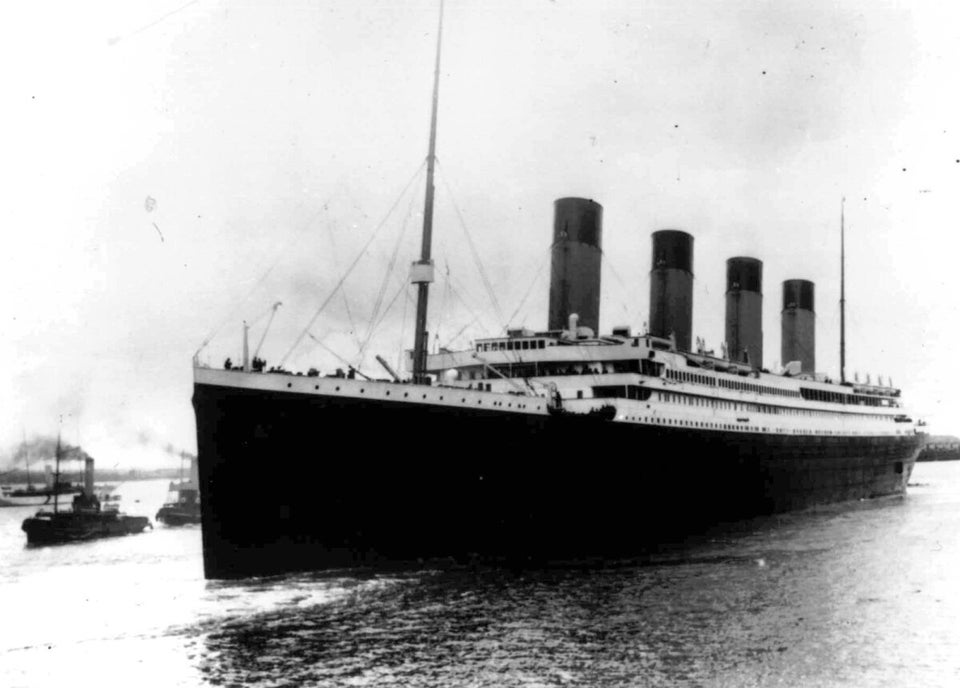The tragic story of the Titanic still fascinates many people more than a century after its doomed maiden voyage.
But one Irish journalist thinks the official story about how the ocean liner went down in 1912 is missing a crucial element.
Senan Molony claims in a new documentary called "Titanic: The New Evidence" that a fire burning for weeks in the boiler rooms actually sunk the ship, not the iceberg it collided with.
Photos taken shortly before the vessel’s departure show a mark on its starboard side close to where the fire started, according to CNN.
Engineers determined the 30-foot-long black mark was most likely due to a fire in one of the ship’s coal bunkers, according to The New York Times.

The mark is also close to where the iceberg damaged the vessel.
Fire weakened steel on ship's hull
Molony told CNN he thinks the fierce fire warped the steel of the ship's bulkhead and made it more brittle, compromising the ship and speeding up the sinking.
"Titanic couldn't stay afloat long enough for an effective rescue," he said.
He even claims the officers on board knew about the fire, and were told by the president of the shipbuilding company to hide it from passengers.
“The official Titanic inquiry branded [the sinking] as an act of God. This isn’t a simple story of colliding with an iceberg and sinking," he said in the documentary, as reported by the Independent.
"The fire was known about, but it was played down. She should never have been put to sea.”
The possible existence of the fire has also sparked another theory — that the Titanic was travelling full steam through an area known for icebergs because the crew wanted to keep the fire under control and get to port as soon as possible to put it out.
"She should never have been put to sea.”
But not everyone believes it played quite so big a role in the disaster.
David Hill, a former honourary secretary of the British Titanic Society who has studied the ship's sinking since the 1950s, told The New York Times he thinks that while the fire may have led to the vessel sinking faster, the iceberg is still the main reason it went down.
He said the iceberg opened up too many of the ship's compartments and “the weight of the water dragged the bow down so low that the ship eventually sank.”
Also on HuffPost
